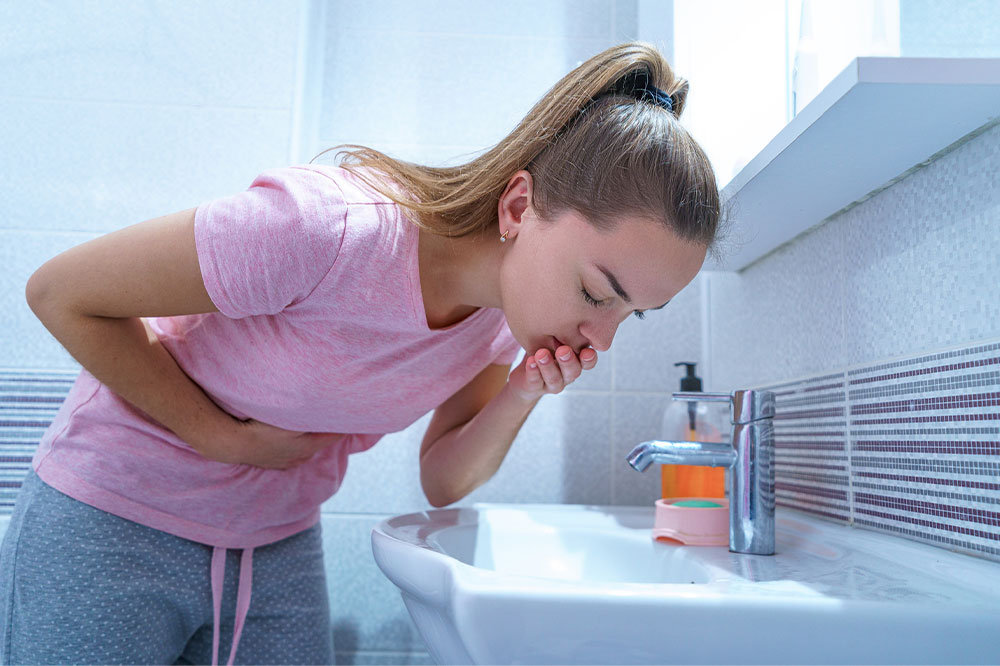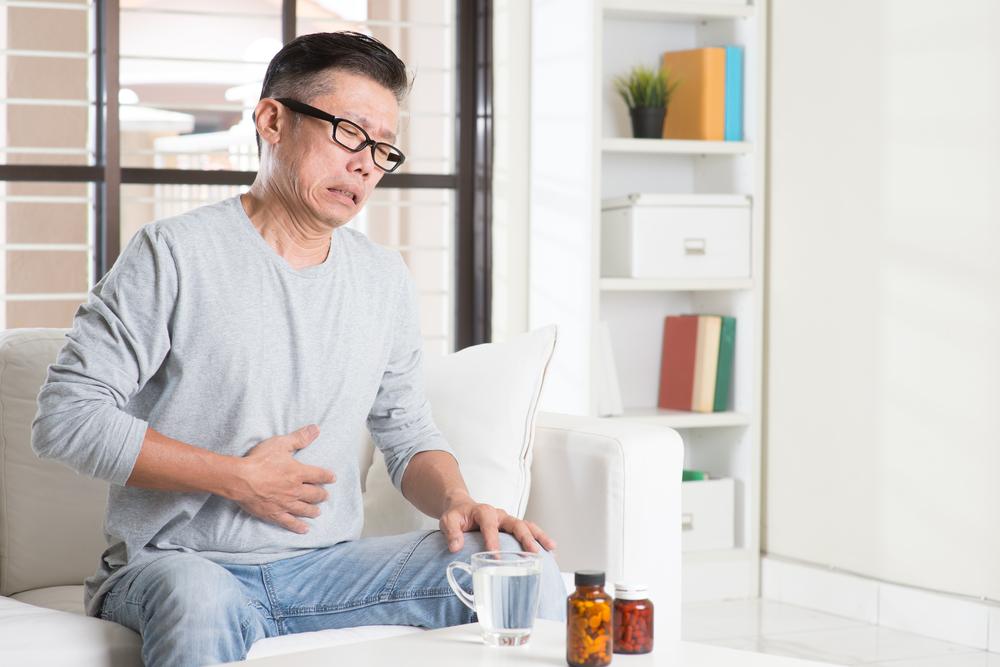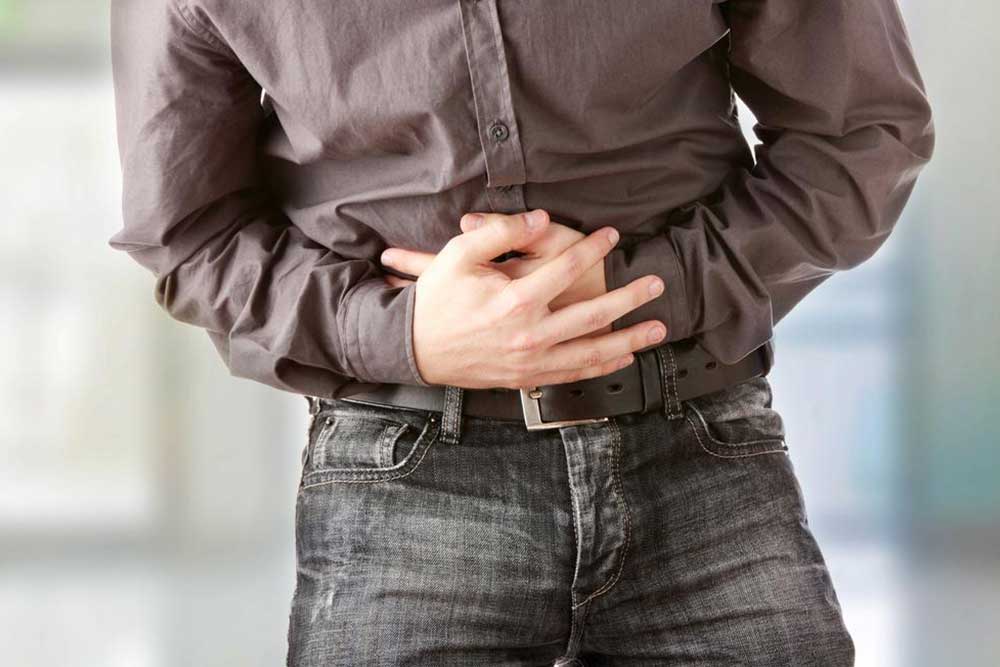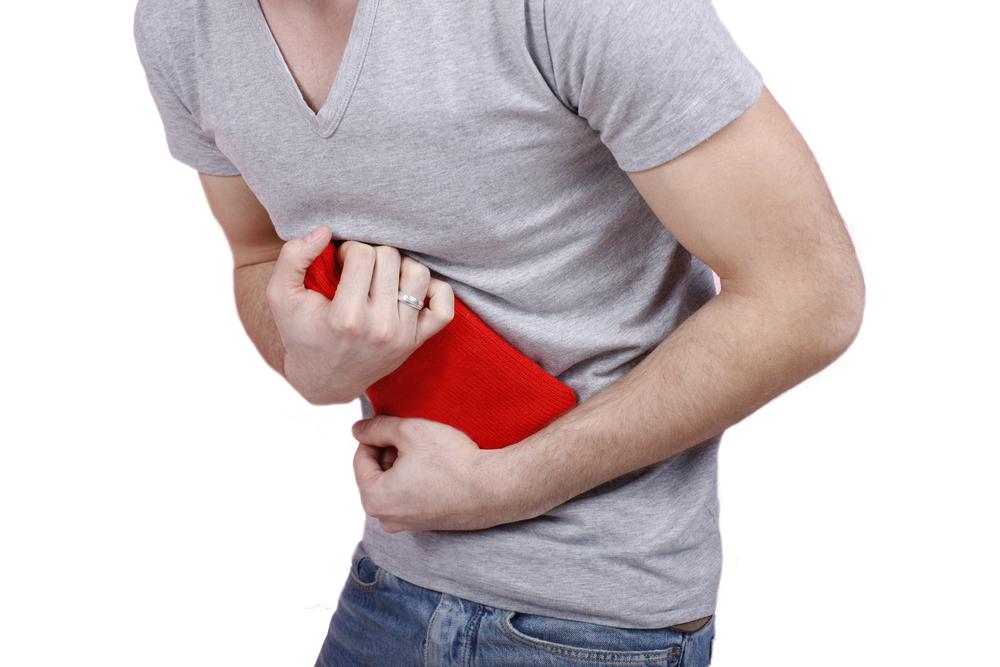Understanding Norovirus: Causes, Symptoms, and Prevention Strategies
Norovirus is a highly infectious virus causing gastroenteritis, characterized by symptoms such as vomiting, diarrhea, and cramps. It spreads through contaminated food, water, and contact with infected surfaces. Prevention relies on strict hygiene, disinfection, and safe food practices. Though often self-limiting, severe dehydration may occur in vulnerable groups. Proper hydration and lifestyle adjustments support recovery. Awareness and hygiene are key to reducing transmission. Seek medical advice if symptoms persist or worsen, especially in high-risk populations.

Understanding Norovirus: Causes, Symptoms, and Prevention Strategies
Norovirus is a highly contagious virus responsible for causing gastroenteritis, leading to inflammation of the stomach lining and intestines. Outbreaks are common in crowded environments like schools, hospitals, nursing homes, cruise ships, and eateries. The virus spreads easily through contaminated food, water, contact with infected persons, or surfaces. Most recover without major intervention, but vulnerable groups such as children, the elderly, or immunocompromised may experience more severe or prolonged symptoms.
Symptoms typically develop 12 to 48 hours after exposure and last 1 to 3 days. Some individuals may show no symptoms. Common signs include nausea, vomiting, diarrhea, stomach cramps, muscle aches, low-grade fever, and general malaise. Severe cases may lead to dehydration, especially in high-risk populations.
The virus was first identified during an outbreak in a school in Norwalk, Ohio, in 1968, earning it the nickname Norwalk virus. Norovirus survives in the environment on surfaces for days and resists many disinfectants. It spreads through contaminated food, water, direct contact, or touching infected surfaces. Prevention involves proper hygiene, thorough cleaning, and cautious food handling. Handwashing with soap and water remains the most effective method, as alcohol-based sanitizers are less effective against norovirus.
Prevention Tips include diligent handwashing, avoiding contaminated food and beverages, disinfecting surfaces, and using protective gear like gloves. Properly cook seafood and wash fruits and vegetables thoroughly. Maintaining hygiene and sanitation in shared spaces helps reduce infection risk.
Diagnosis is usually confirmed via stool testing, especially for individuals in high-risk groups. Since no specific antiviral treatment exists, management focuses on hydration and symptom relief. Replenishing fluids through oral rehydration solutions, broths, or electrolyte drinks is essential. Some may need medications to control nausea and diarrhea.
Lifestyle modifications, like eating small, bland meals and staying hydrated, aid recovery. Adults should avoid caffeine, fatty foods, and dairy while ill. While contagious, the virus's short duration makes recovery possible with proper hygiene. However, high-risk individuals should monitor for dehydration symptoms such as dizziness and dry mouth. Seek medical advice if symptoms persist beyond three days or worsen.










